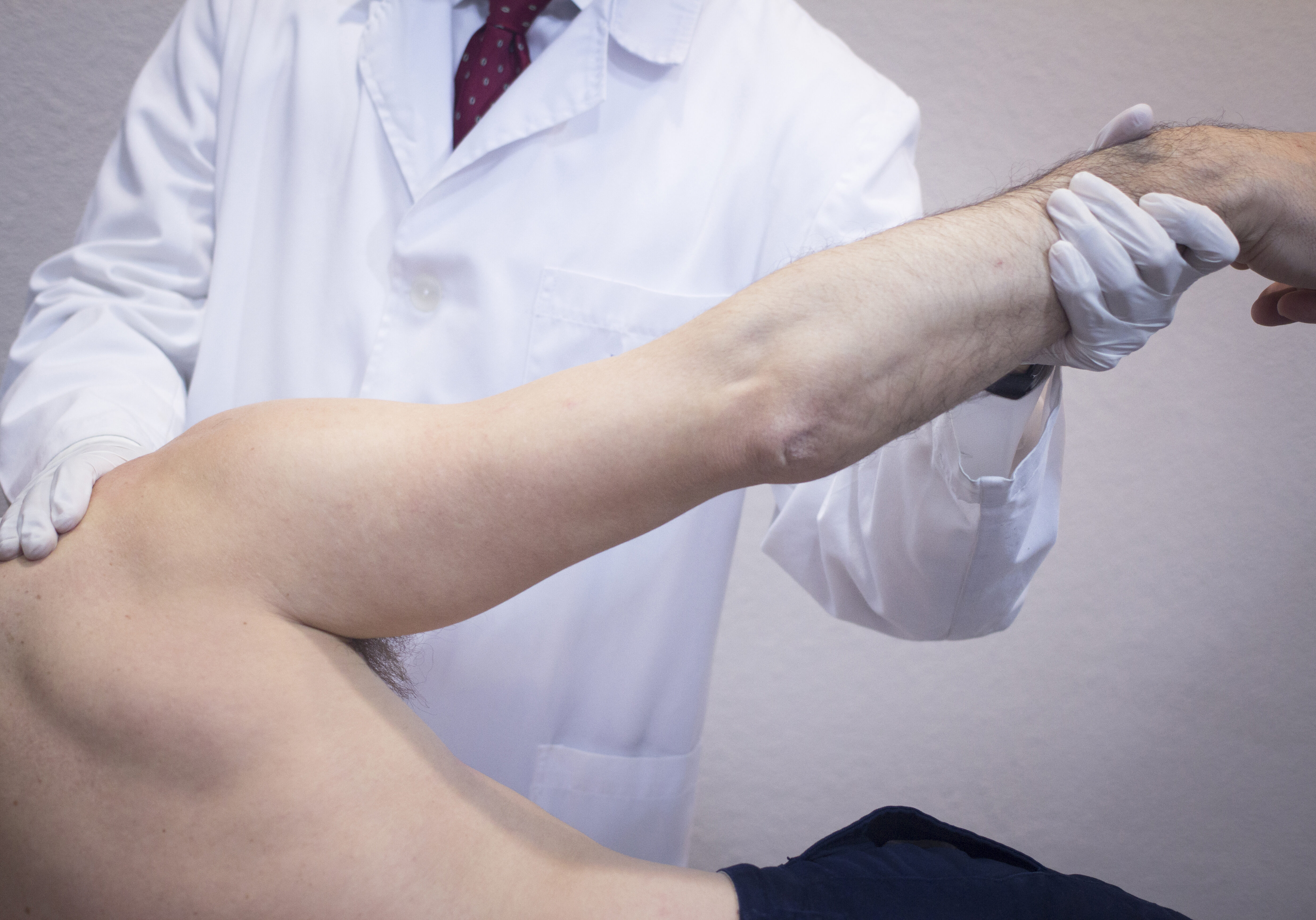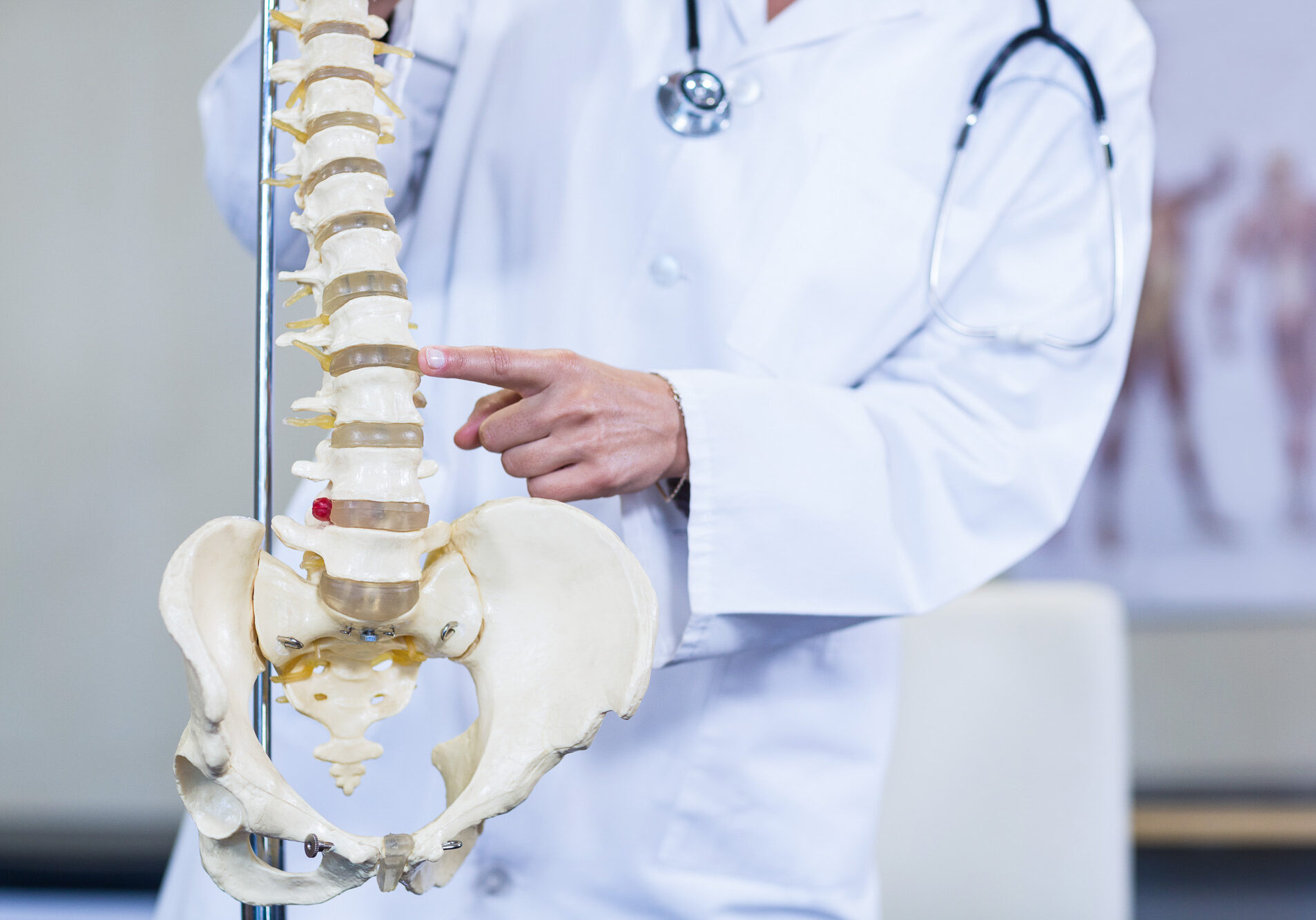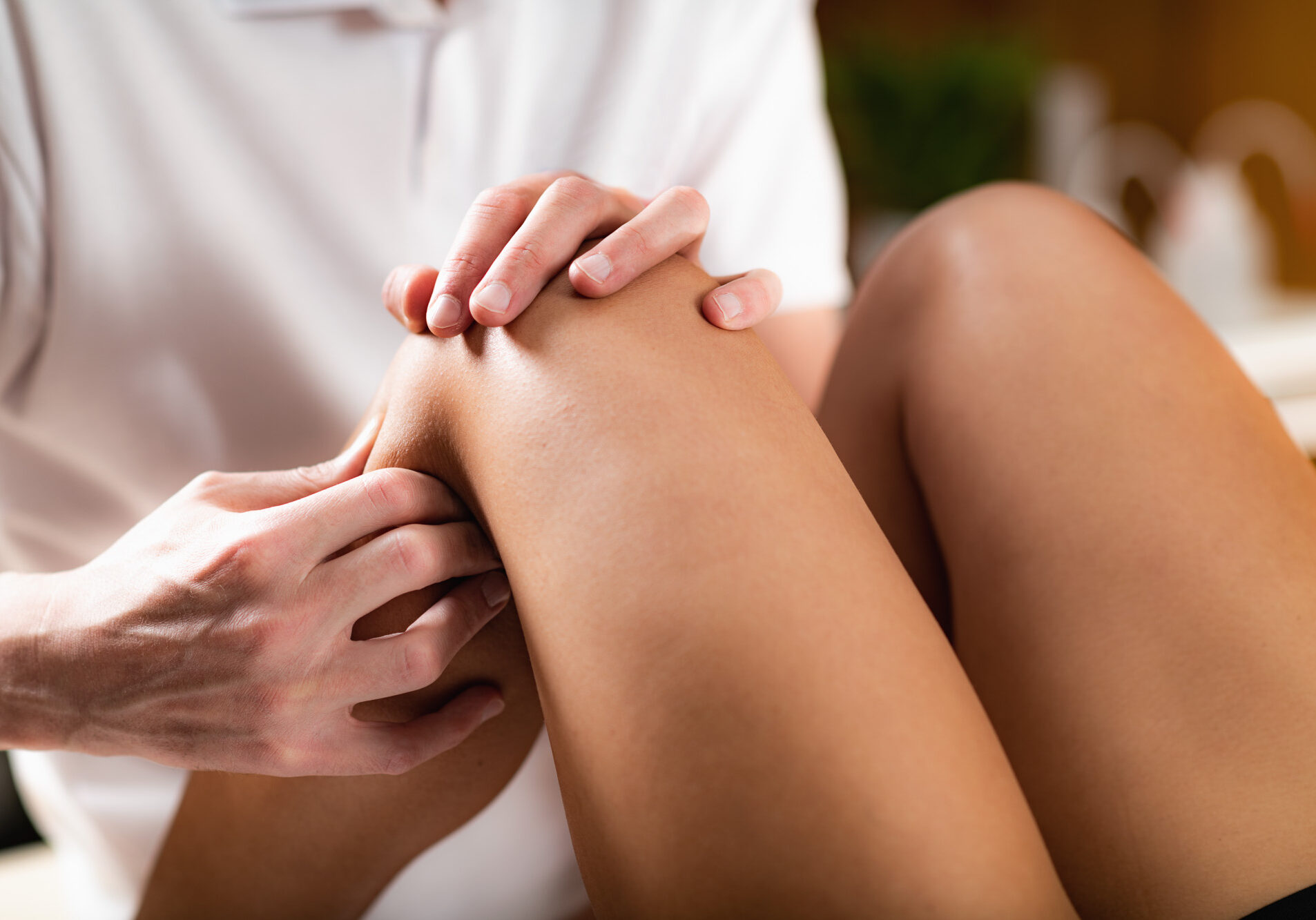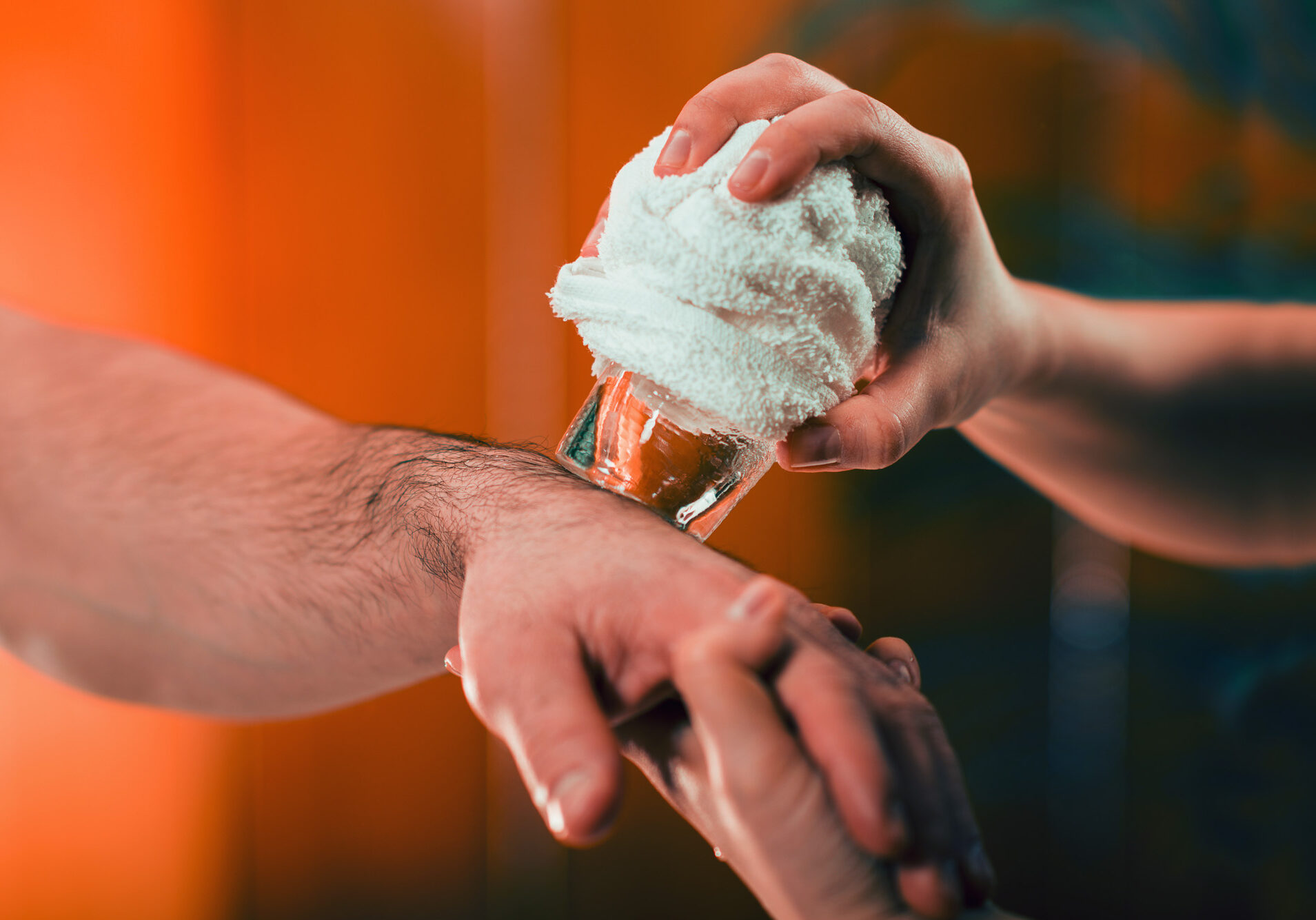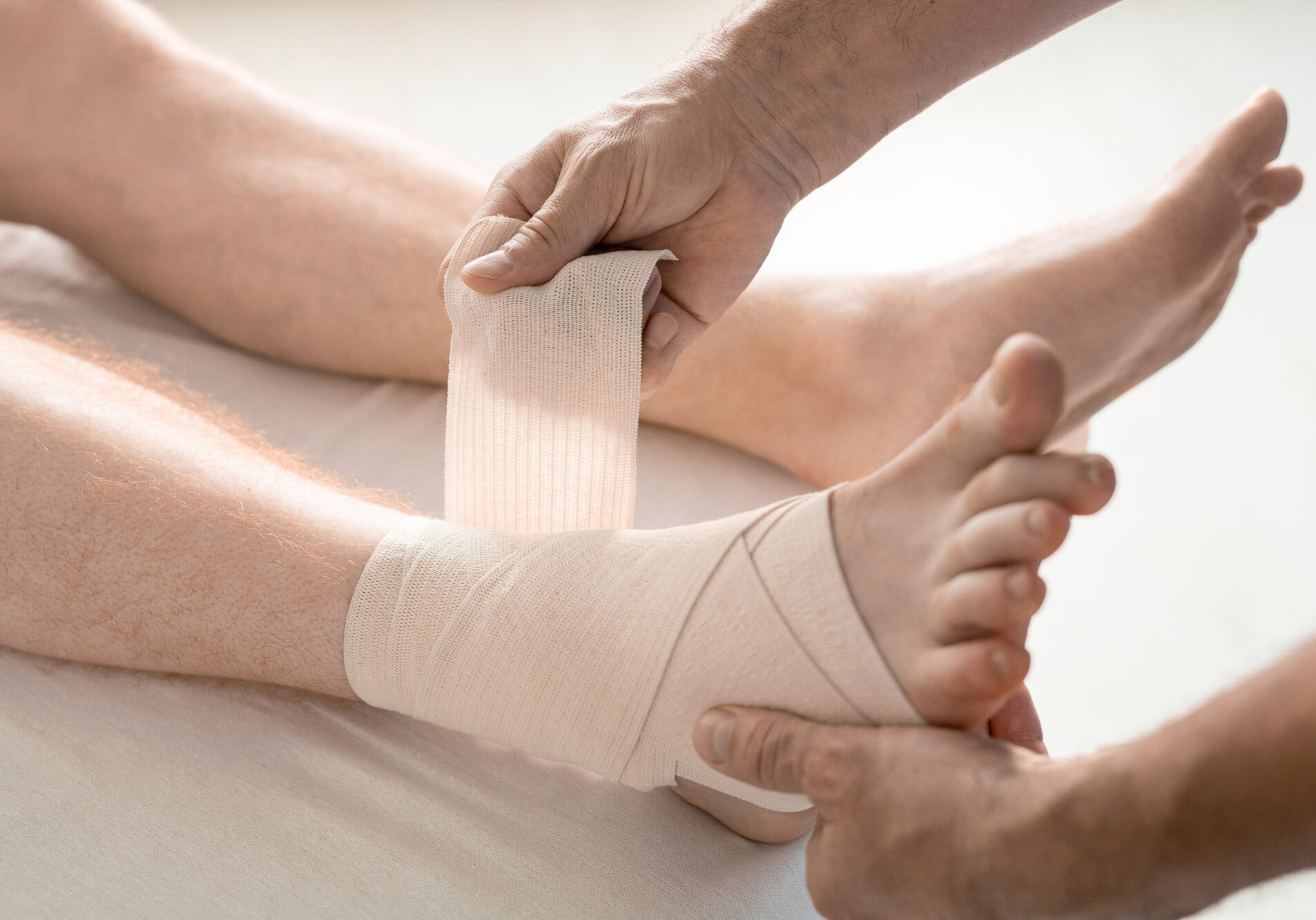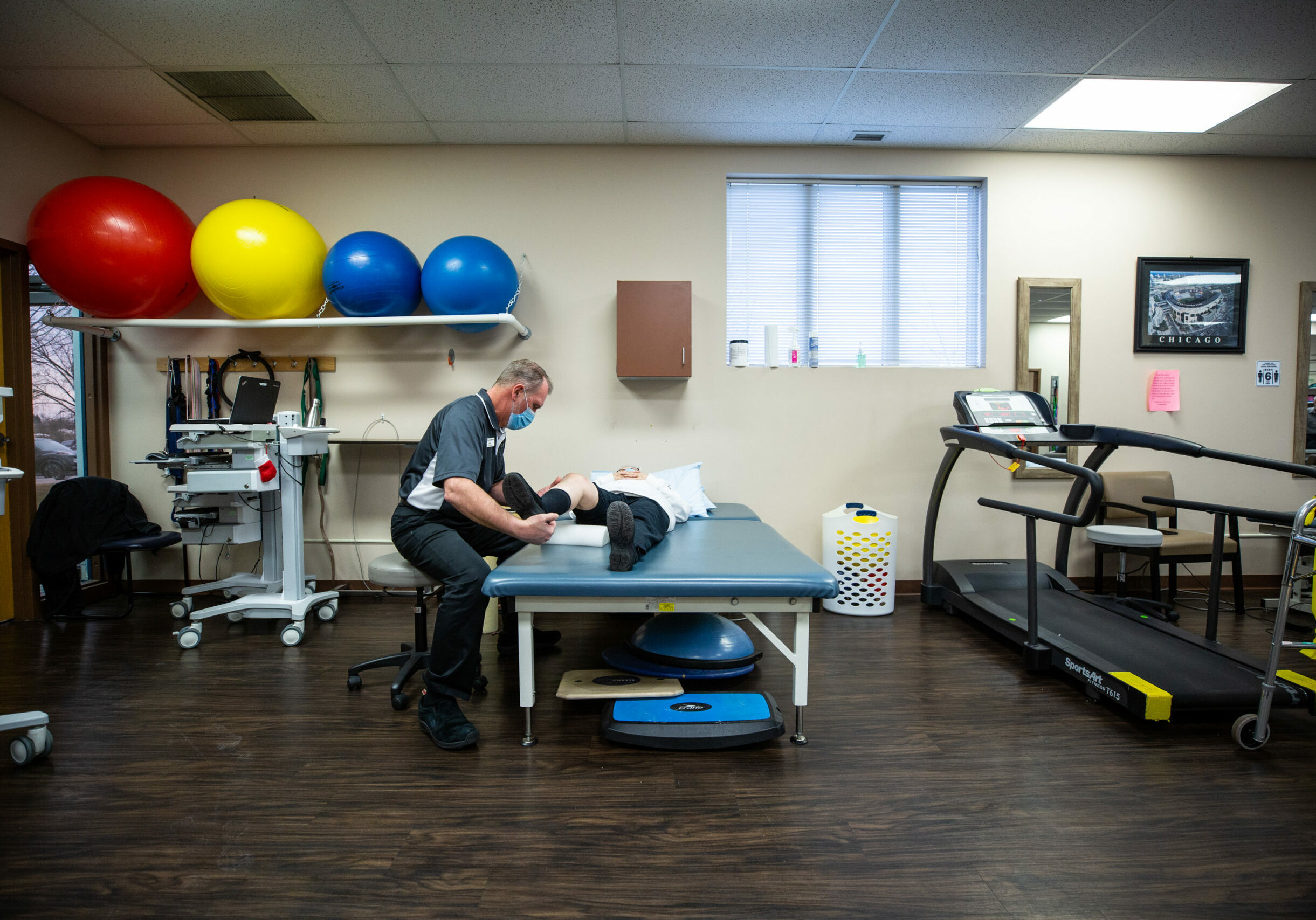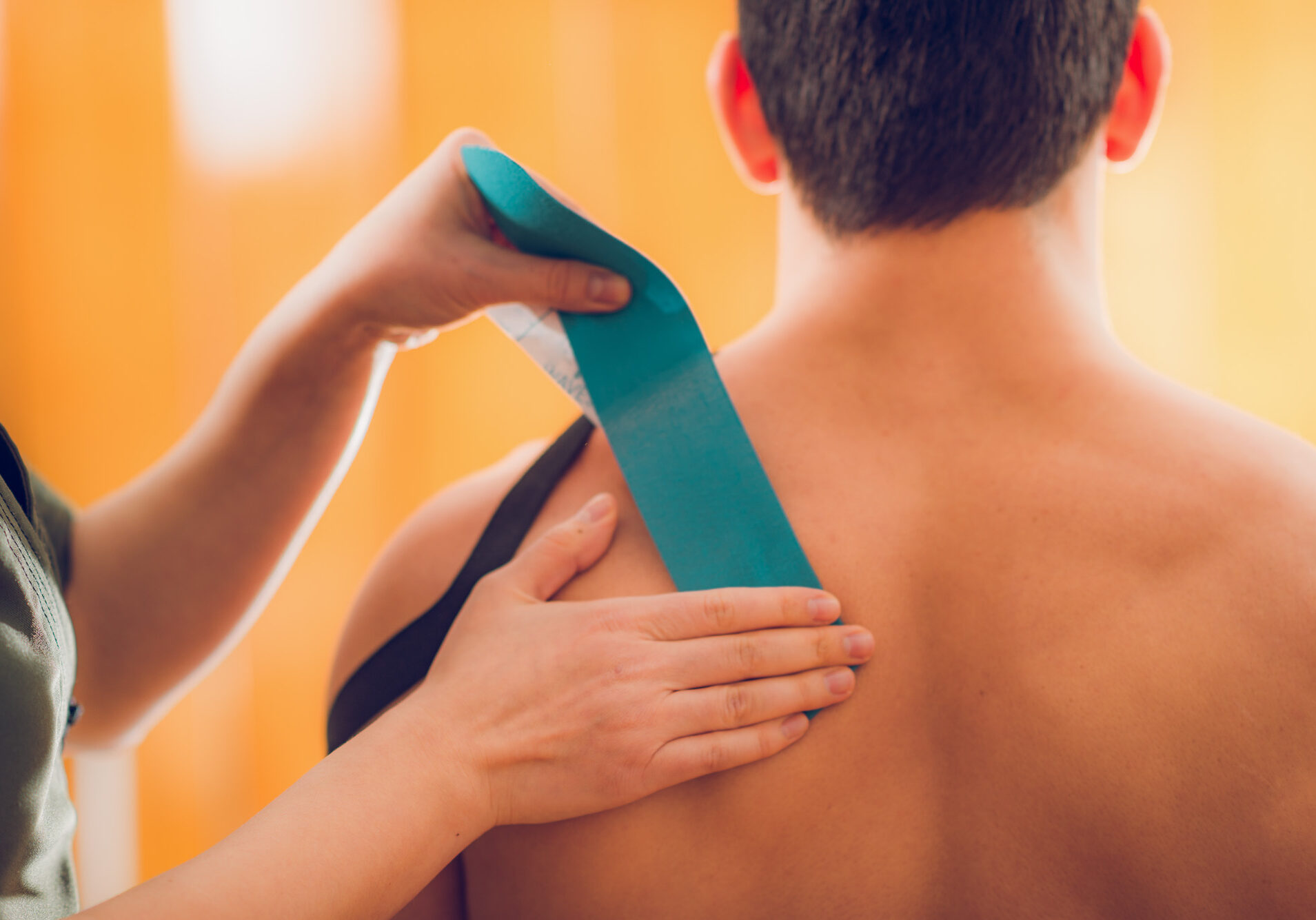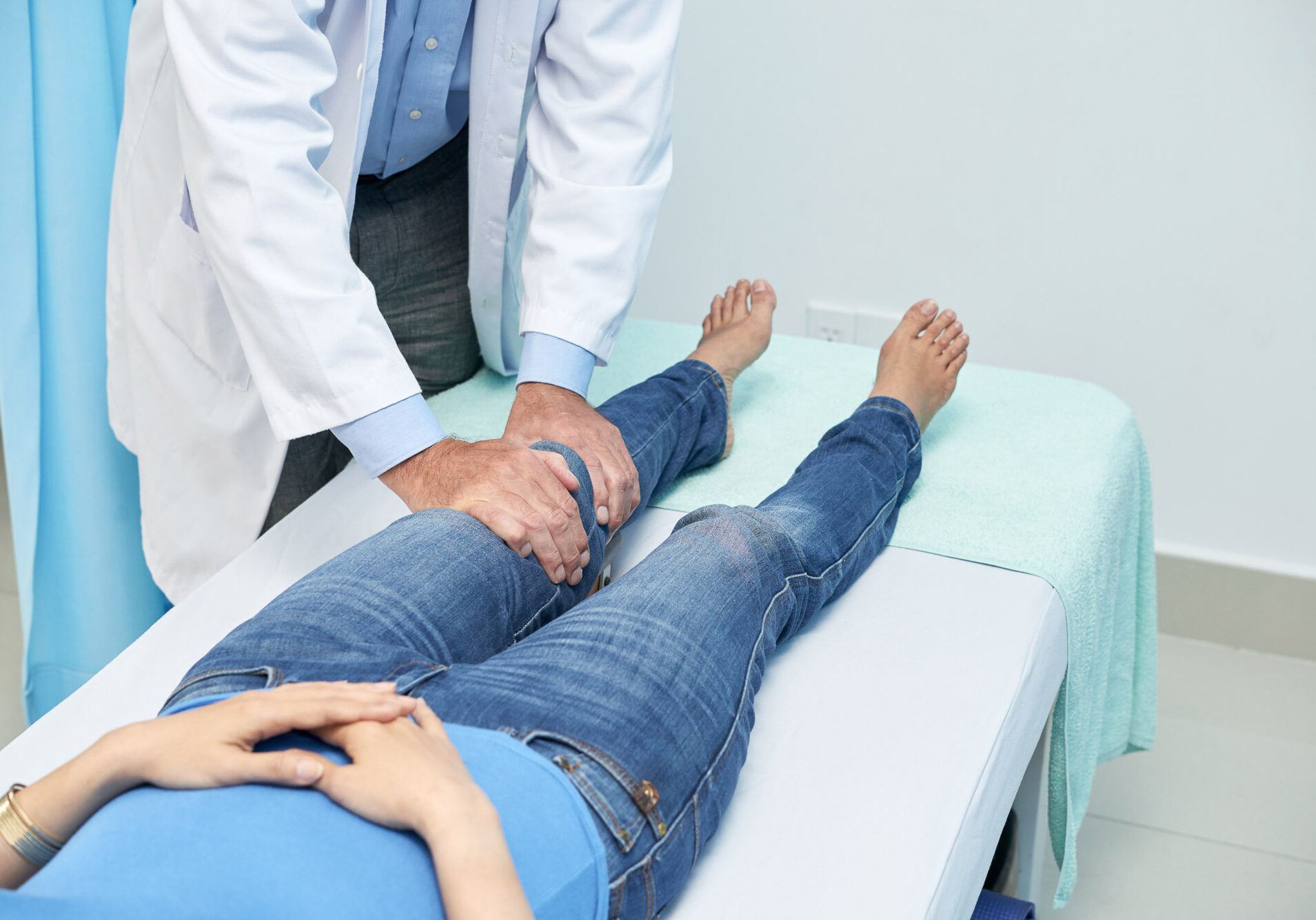Common Hip Injuries
Without the hip, many of the movements we take for granted each day would not be possible. Hips are important in bearing our weight, walking, running, and giving our body stability. However, hips can be injured. Below are five of the most common hip injuries and their symptoms.
Dislocation
Normally, the head of the femur, or thigh bone, rests in a socket in the pelvis, or hip bone. When the head of the femur slips out of this socket, it is called a dislocation. This can happen as a result of trauma or accident, such as a car wreck or a fall. Symptoms of hip dislocation include pain and mobility issues. If nerve damage occurs, there may also be numbness or lack of sensation in the ankle or foot.
Fracture
If a break occurs in the upper quarter of the thigh bone, or femur, it is called a hip fracture. This often occurs due to a fall or from an impact to the hip, but it can also be the result of degenerative conditions, like osteoporosis. Symptoms of a hip fracture include pain in the groin or the outer and upper thigh area, as well as issues with the movement of the hip.
Strains
Hip strains occur when one of the muscles in the hip is stretched or torn. This often occurs due to overuse, stretching the muscle beyond its capability, receiving a fall or sudden impact, or suddenly forcing the muscle to bear an unexpected weight. Symptoms include pain, swelling, and sometimes loss of strength.
Bursitis
Bursitis occurs when the bursa, a small fluid-filled sac that cushions bones in joints throughout the body, becomes inflamed. Hip bursitis refers especially to inflammation of one of the bursae in the hip. This can be caused by overuse injuries, trauma, injury, or degenerative conditions. Bursitis can also be caused by bone spurs, arthritis, and other conditions. Symptoms of hip bursitis include sharp and intense initial pain in the hip that often turns into an aching pain. The symptoms are usually worse at night or with use of the hip.
Osteoarthritis
Osteoarthritis is one of the most common forms of arthritis or joint inflammation. Normally, the bones that make up the joints in the body are covered with articular cartilage, a smooth material that allows the bones to easily glide against each other. Osteoarthritis is what occurs when natural wear-and-tear damages that cartilage. This condition is very common, usually caused by aging, being overweight, or suffering an injury that adds stress to your hip joint. Symptoms include discomfort, stiffness, bone spurs, inflammation, and painful mobility.
Common Knee Injuries
The knee is one of the most commonly injured joints. The knee joint is made up of the femur (leg bone), tibia (shin bone), and patella (knee cap). Any of the bones and their tissues attachments can be injured during weight bearing activities such as walking and running. One of the most important steps patients can take to prevent knee injuries is to simply be aware of what the most common ones are and how they occur.
Cruciate Ligament Injuries
The anterior and posterior cruciate ligaments are commonly referred to as the ACL and PCL. The ligaments cross each other in the knee joint to form an “X”. Together, they control back and forth motion of the knee and provide rotational stability. The ACL is more commonly injured than the PCL. Typically, injuries occur during athletics or high impact physical activities.
Collateral Ligament Injuries
The medial and lateral collateral ligaments are commonly referred to as the MCL and LCL. They are responsible for bracing the knee and controlling sideways motion. The LCL is rarely injured. The MCL is commonly injured due to the knee being pushed sideways by a force or blow.
Meniscus Injuries
The menisci are the shock absorbers of the knee. They sit between the tibia and the femur and act as pillows that cushion the joint. Overuse of the knee, sudden athletic movements, or arthritis can all damage the menisci. A meniscal tear is a serious knee injury that may require surgical intervention to repair.
Tendon Injuries
The patella and quadriceps tendons attach the patella bone to the tibia and quadriceps muscles. Both tendons are large and strong. They play an important role in running and jumping. When coming down while running or jumping, either tendon can partially or completely tear. Both are serious injuries that should be seen as soon as possible.
Treatment
Nonsurgical and surgical treatment options are available to treat knee injuries. Patients who are interested in learning more about them are encouraged to make an appointment with an Orthopedic knee specialize who can diagnose their injury and give the treatment advice they are searching for.
Conditions We Treat
Anterior Cruciate Ligament (ACL) injuries are one of the most common types of knee injuries. They are typically sustained by athletes and active individuals who participate in high-impact sports that involving running, jumping, cutting, pivoting, and turning. ACL injuries can vary in severity. Low-level sprains generally heal quickly and does not sideline athletes. Complete tears are serious injuries that usually require surgical intervention and typically sideline athletes for a minimum of 6-8-months.
Causes
The ACL is one of the cruciate ligaments of the knee. The other cruciate ligament is the posterior cruciate ligament (PCL). The two cross one each other in the knee joint to form an “X”. Both have the important responsibilities of providing back and forth motion of the knee and rotational stability. The PCL is less commonly injured than the ACL. Common causes of ACL injuries include the following:
- Forcefully changing direction
- Suddenly slowing down
- Landing awkwardly while falling
- Direct contact (i.e. a tackle, fall, or blow to the knee)
Symptoms can range in severity depending on the seriousness of the injury. Males are more likely than females to sustain an ACL injury. Athletes who are not in good physical condition are also more likely to sustain ACL injuries.
Symptoms
ACL injuries commonly present with the following symptoms:
- Pain
- Instability
- Decreased range of motion
- Tenderness
Following an ACL injury, patients may have trouble bearing weight on the injured knee. For this reason, crutches are often used after an injury occurs.
Diagnosis
A physical examination, x-ray, and MRI are used to diagnose ACL injuries.
Treatment
Nonsurgical treatment
ACL injuries that do not involve a tear can be treated using the following nonsurgical treatment options:
- Rest, Ice, Compression, Elevation (RICE)
- Immobilization (bracing)
- Activity modification
- Anti-inflammatory medications
- Physical therapy
In most cases, a nonsurgical treatment plan will include all these treatment options.
Surgical Treatment
Torn ACLs generally require surgical intervention. An arthroscopic ACL reconstruction is performed. During the procedure, an Orthopedic surgeon replaces the torn ACL with a new one made from an autograft (the patient’s tissue) or an allograft (tissue taken from a cadaver). The procedure takes 1-2-hours. In most cases, patients fully heal 6-8-months after surgery and are allowed to return to competition or activity.
Procedures We Perform
Total Hip Replacement surgery has helped countless patients experience less pain and live functional lives. Thanks to the new minimally invasive surgical techniques, hip replacement surgery is more advanced than ever. This is advantageous to patients because they experience less post-surgical pain, recover faster, and have a smaller, less noticeable scar.
The Procedure
Minimally invasive total hip replacement may be performed using one or two incisions. One incision surgery uses a 3-6-inch incision on the outside of the hip. Two-incision surgery uses a 2-3-inch incision over the groin and a 1-2-inch incision over the buttocks.
The following steps occur after the incision(s) is made and the joint is visualized:
- Muscles and tendons are retracted
- The hip is dislocated
- Arthritic tissue and bone spurs are removed
- The head and neck of the femur (leg bone) are cut and replaced using a metal femoral stem
- A metal or ceramic ball is placed over the femoral stem and serves as the new femoral head
- The acetabulum (hip socket) is smoothed out and deepened
- A new, metal socket is inserted
- A plastic spacer is placed and secured into the socket so the femoral head ball component can move properly and smoothly
The surgeon takes x-rays to make sure the components are perfectly in place. The range of motion is checked. The incision is then closed. Typical surgical time is approximately two hours.
Recovery and Rehabilitation
Minimally invasive hip surgery is an inpatient procedure. During a 1-4-night stay in a comfortable hospital room, pain is controlled and antibiotics are given to prevent infection. Physical therapy starts during the hospital stay and continues throughout recovery. Physical therapy is an important part of a successful recovery because it helps patients learn how to stand, balance, and walk. It also helps patients regain strength and range of motion. Patients typically fully recover from surgery in 6-12-months.
Outcomes
Minimally invasive total hip replacement is one of the most successful Orthopedic surgeries. Following surgery, patients are able to walk better and perform day-to-day activities without experiencing pain. Patients interested in minimally invasive total hip replacement are encouraged to make an appointment with an Orthopedic surgeon who specializes in the procedure.
Our Specialties
The team at OSNI covers a wide variety of specialties for orthopedic needs. Take a look at them all below and reach out to our team by visiting our contact page to schedule a visit.

